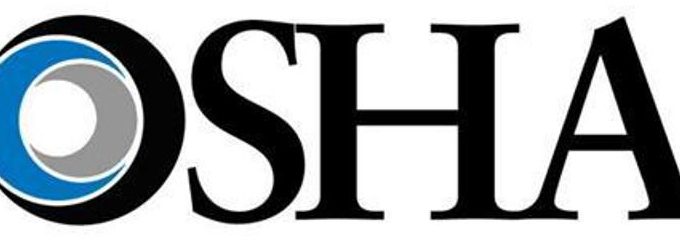The US Occupational Safety and Health Administration (OSHA) has specific requirements for sharps containers in…
Standard Precautions Versus Universal Precautions to Control BBPs
OSHA requires, at a minimum, dental offices to follow the concept of universal precautions to control occupational exposure to bloodborne pathogens (BBPs), while the Centers for Disease Control and Prevention (CDC) recommends the adherence to standard precautions.
The term universal precautions refers to the concept that all blood and bloody body fluids should be treated as infectious because patients with bloodborne infections can be asymptomatic or unaware they are infected. In 1996, the CDC expanded the concept and changed the term to standard precautions, which integrated and expanded the elements of universal precautions to include contact with all body fluids (except sweat), regardless of whether blood is present. In dentistry, standard precautions would include controlling exposure to saliva as well as blood, since those are the only two bodily fluids potentially encountered during dental treatments.
Since OSHA has always considered saliva as “other potentially infectious material” (OPIM) in dental infection control, no operational difference exists in clinical dental practice between universal precautions and standard precautions. Standard precautions must be used in the care of all patients, regardless of their infection status.
Since 1992, OSHA Review, Inc. has provided dental professionals with comprehensive programs to support regulatory compliance and infection control. We are a registered continuing education provider in the state of California, specializing in Dental Practice Act, infection control, and OSHA training.


